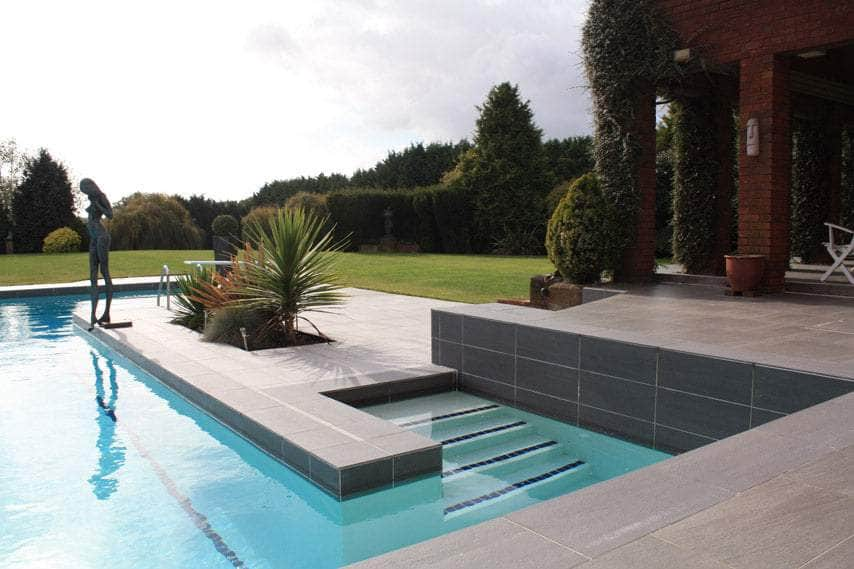Introduction
Installing a swimming pool is a major investment that combines luxury, recreation, and health benefits. Whether you’re considering an in-ground or above-ground option, understanding the financial commitment is crucial before breaking ground. For homeowners exploring the idea of a West-End swimming pool, it’s important to weigh both the upfront construction expenses and the ongoing maintenance costs to ensure the project aligns with your long-term budget.
Average Cost of Building a Pool
The price of building a pool depends on several factors, including size, design, materials, and additional features.
- Above-Ground Pools: Typically cost between $5,000 and $15,000, making them the most budget-friendly option. Installation is quicker and less invasive, though durability may be lower compared to in-ground pools.
- In-Ground Pools: Range from $35,000 to $65,000 on average, with luxury models surpassing $100,000. The cost varies depending on whether the pool is concrete, vinyl, or fiberglass.
- Custom Features: Extras like waterfalls, lighting systems, heating, and automatic covers can significantly increase the total price.
Maintenance Costs Over Time
Owning a pool requires ongoing upkeep to maintain water quality, safety, and structural integrity. Typical annual maintenance costs include:
- Chemicals and Cleaning Supplies: $500–$1,200 per year for chlorine, pH balancers, and sanitizers.
- Routine Cleaning Services: $1,200–$2,000 per year if hiring professionals for weekly or biweekly service.
- Energy Costs: Running pumps, filters, and heaters can add $50–$150 per month to utility bills.
- Repairs and Replacements: Filters, pumps, or liners may need repairs or replacement every 5–10 years, costing anywhere from $500 to $5,000.
Factoring these recurring expenses ensures that the enjoyment of a pool doesn’t become a financial strain.
Long-Term Investment Considerations
While pools require significant upfront and ongoing investment, they also provide long-term value:
- Property Value: In desirable neighborhoods, a pool can increase resale appeal, though returns vary by market.
- Lifestyle Benefits: Pools support fitness, stress relief, and family recreation.
- Customization: Features such as saltwater systems or energy-efficient pumps can reduce long-term costs and improve sustainability.
By choosing durable materials and efficient systems, homeowners can minimize lifetime expenses while maximizing enjoyment.
Cost-Saving Strategies
Homeowners can take steps to manage pool expenses without sacrificing quality:
- Energy-Efficient Equipment: Variable-speed pumps and solar heaters lower energy bills.
- Automated Systems: Timers and automatic covers reduce evaporation, chemical use, and heating costs.
- DIY Maintenance: Learning basic cleaning and water testing can save on professional service fees.
- Seasonal Planning: Properly winterizing a pool prevents costly repairs in colder climates.
Proactive maintenance helps avoid expensive emergency repairs down the road.
Final Thoughts
The average cost of building a pool ranges from a modest $5,000 for above-ground models to well over $100,000 for high-end custom in-ground installations. Annual maintenance typically runs between $1,500 and $3,500, depending on services and features.

